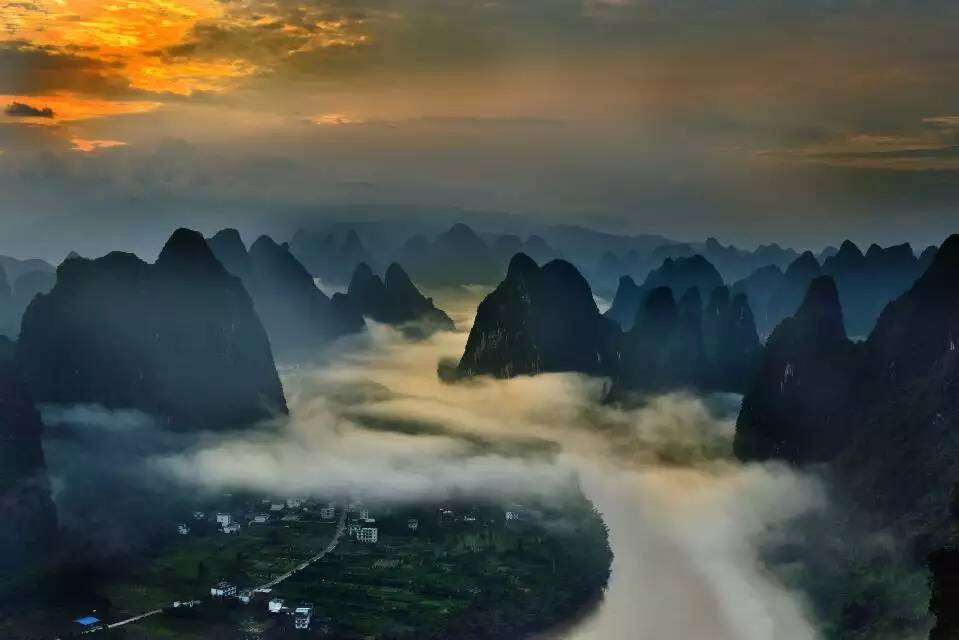Zhaoxing
Dong Village is located in southeast of Liping County, Qiandongnan Miao
Autonomous Prefecture of Guizhou Province. It is one of the largest Dong
villages in China. What attract people most in Zhaoxing Dong Village is the
perfect combination of the primitive Dong village and the elegant natural
scenery, as well as the unique Dong culture and customs.
The
village was constructed in flat ground with mountains around and river flowing
through. Local residences in Zhaoxing are all stilted housed built with wood. When
visiting Zhaoxing Dong Village you will find there are many antique drum
towers, which are symbols of auspicious in Dong culture. Also there are several
ancient wind-rain bridges in the village. Dong people are quite good at singing
and dancing. Also they have very special holidays and events of their ethnic
group.
For
tourists traveling to China in spring would never miss out Wuyuan because of
its spectacular of rapeseed flowers. Wuyuan is located in northeast of Jiangxi
Province, not far away from the world-famous Mount Huang in Anhui Province. Reputed
as “the most beautiful village in China”, Wuyuan is home to many ancient
well-preserved villages from Ming and Qing dynasties. As a famous cultural and
ecological tourist county in China, Wuyuan attract numerous tourists every year
for its fantastic natural scenery, beautiful ancient architectures and unique
local culture.
In
the ancient villages in Wuyuan, you will see ancient Ming and Qing dynasties
buildings with white walls and gray tiles in the classic Hui-style. Also there
are many ancient bridges, stone-flagged lanes, clear rivers, and the quaint
rural landscapes and life. Wuyuan has the most beautiful season in spring when
rapeseed flowers in bloom. There are about 50 ancient small villages in Wuyuan,
and some of the most famous ones include Xiaoqi Village, Likeng Village,
Jiangwan Village and Wangkou Village.
6.
Dayan
Ancient Town in Lijiang Old City, Yunnan Province
Dayan
Ancient Town, usually referred to Lijiang Old City, is one of the three ancient
towns in Lijiang. It is located in the middle of Lijiang. It was designated as
an UNESCO World Heritage Site. The history of Lijiang Old City can be dated
back to more than 1,000 years and it used to be a busy trade confluence on the
Ancient Tea Horse Road. Now the Lijiang Old City attracts numerous tourists and
enjoys world-wide reputation for its beautiful scenery, ancient architectures,
distinctive local culture and customs.
Surrounded
by mountains, Lijiang Old City has very beautiful and peaceful scenery. Lijiang
is much more charming with its ancient architectures and old streets paved with
stones, and also the orderly arranged waterways and bridges. But what’s really
distinguishes Lijiang is the distinct culture and customs of local Naxi people.
Most Naxi people still keep their traditional lifestyle and dress in their
beautiful costumes. The Naxi music concert played with centuries old musical
instruments is something should not miss out.



















